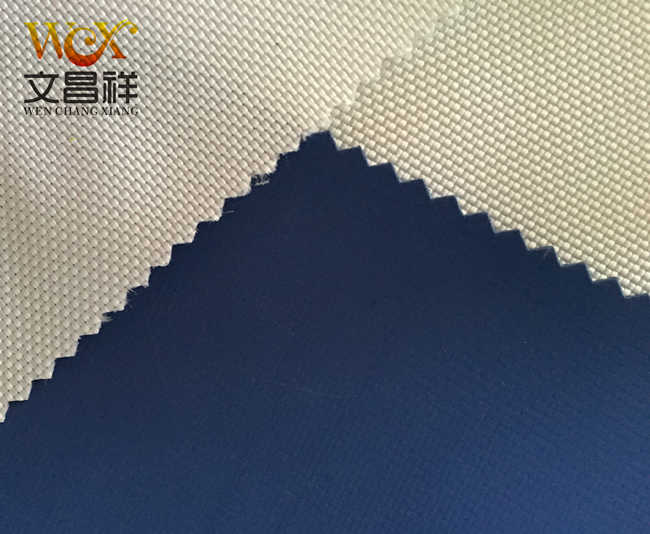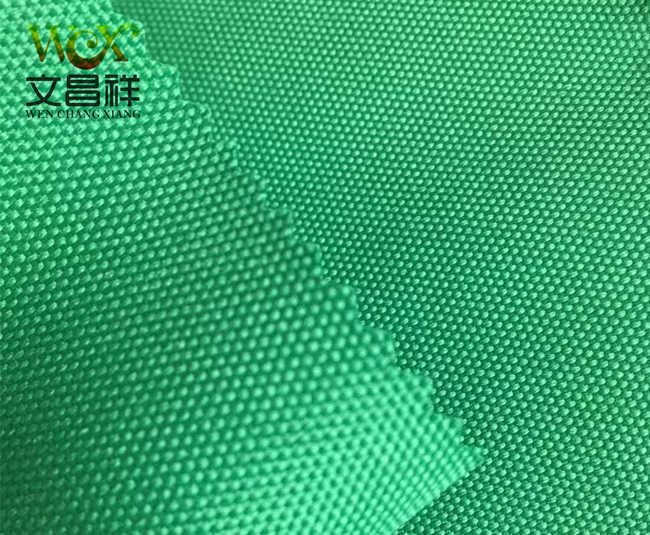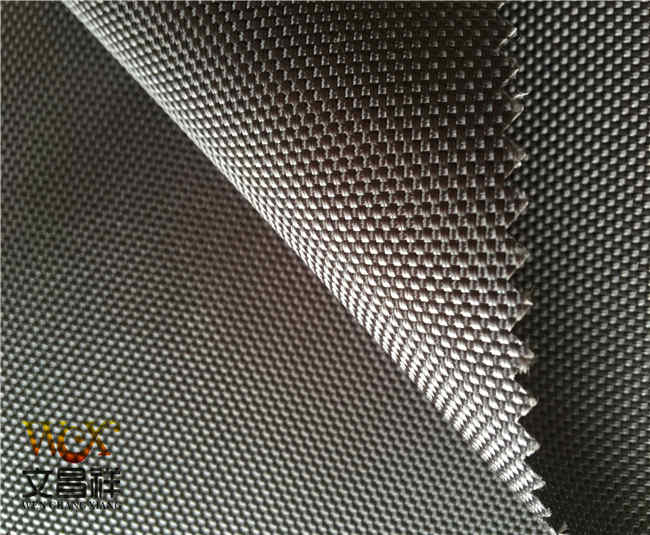1680D Oxford cloth and 600D Oxford cloth are easy to distinguish when placed together. You can tell by looking at its thickness. The larger the D number, the thicker it is. Which one is more economical and affordable?
Let’s first look at 600D Oxford cloth. Compared with 600D Oxford cloth, the names on the market are more confusing. Oxford cloths such as 4×4, 5×3, 6×3, etc. are not authentic 600D Oxford cloth. These are relatively light and thin and cannot be used. Comparable to 1680D Oxford cloth. The warp and weft yarns must be all 600D silk.

600D Oxford cloth has been preshrunk successively. It is processed through multiple processes such as styling, dyeing, PVC coating, and waterproofing agent treatment. It feels soft and smooth, has bright color, is waterproof, durable, not easy to wrinkle, and has rich colors. Mainly used for making bags, sporting goods, outdoor products and other fabrics. Moreover, the application of stretch yarn increases the fastness and prolongs the service life.

1680D Oxford fabric has undergone post-processing processes such as relaxation, alkali concentration, dyeing, anti-static, and coating. It has a soft hand and strong drape. , good waterproofness, good durability and other advantages. The raw materials of this fabric are twisted to increase its strength and wear resistance; the double-strand raw material makes the fabric rich in luster and has better reflective effects. It is mainly used for making bags.
If you want good wear resistance, choose 1680D Oxford cloth, which is thicker. If you want to be slightly lighter, choose 600D Oxford cloth.

What are the specifications of Oxford cloth? Such as 1680D, 1200D, 900D, 600D, 420D, 300D, 210D, 150D and other Oxford cloth. Function classification of Oxford cloth: fire-retardant cloth, waterproof Oxford cloth, PVC Oxford cloth, PU Oxford cloth, camouflage Oxford cloth, fluorescent Oxford cloth, Printed Oxford cloth, composite Oxford cloth, etc.
</p





